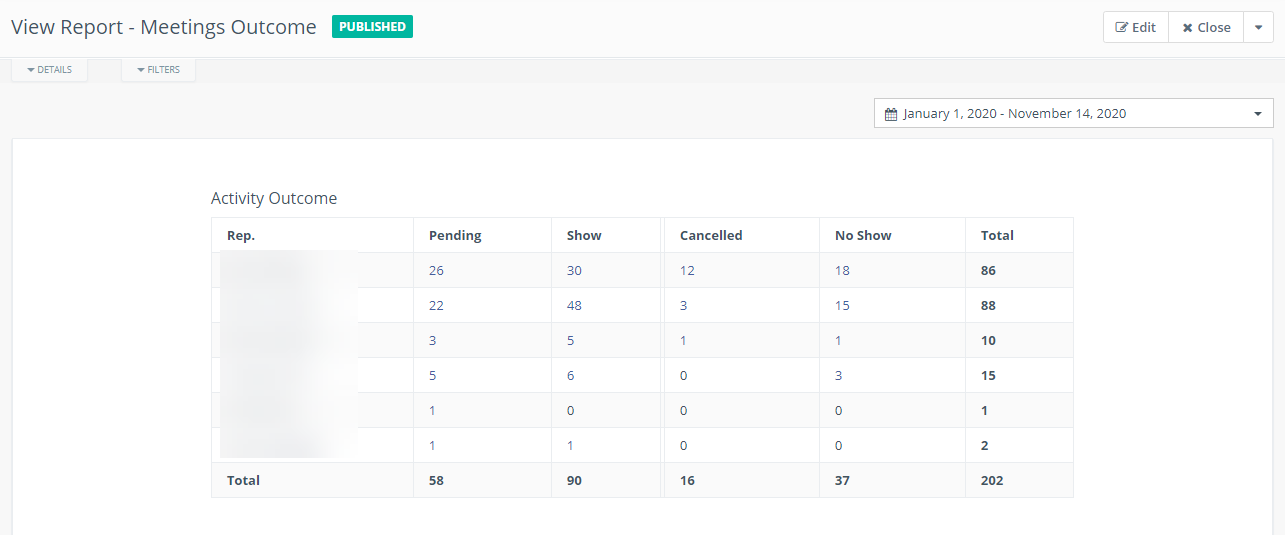
Working with so many different types of schools all over the world, HEM gains a lot of valuable insights into the challenges those in the sector face when it comes to student recruitment.
A few years ago, it became apparent that one of the biggest problems many of our clients had was managing their follow-up processes. With limited resources, leads were slipping through the cracks, follow-up was inconsistent, or teams were simply having trouble organizing their daily work.
The clear solution to all of these issues, in our view, was CRM and marketing automation. These platforms allow teams to organize tasks, assign and segment leads, track productivity and activities, and scale and automate their marketing efforts all in one centralized system.
With that in mind, we got to work. Using Mautic, an open-source marketing automation platform, we set about tailoring its features to better serve schools’ needs. After a lot of hard work from many different members of our team, the result was Mautic by HEM, a customized version of the system specifically for the education sector. Keep reading to learn how we created this exciting platform.
What is Mautic?
Mautic is the world’s largest open-source marketing automation project. Founded by tech expert David Hurley, the platform was grown and developed by its community, with thousands of different developers from across the world contributing code and features to the system.
Because it is an open-source platform, developers are also able to use custom code to adapt Mautic to the needs of their specific businesses. HEM’s CEO Philippe Taza saw the potential to turn Mautic into the perfect CRM and marketing automation system for schools.
Enhancing the Mautic Platform for Schools
While Mautic has some impressive capabilities, HEM went the extra mile to enhance some features in order to create a CRM and marketing automation system that really met the sector’s specific needs. To do this, we looked at every aspect of how schools manage their follow-up processes – from organization and productivity, to the follow-up process itself, to tracking and reporting.
To help teams better organize their workload, we added several enhancements to the Mautic Calendar view, and enabled integration with Google calendar. This meant that admissions teams could centralize their planning in order to track meetings, appointments, and other tasks on their daily schedules. We also enabled administrators to add multiple campuses to the system, and set specific permissions for each campus.
Another major aspect of tailoring Mautic for schools was to centralize the entirety of the follow-up process. This meant making it possible for admissions staff to make calls or send SMS messages to individual contacts directly from the system itself. You can see a quick tutorial on how to send a direct SMS to a contact in this video:

Given our experience in using data to drive, track, and improve student recruitment outcomes, it was also important to us that Mautic by HEM be able to help schools find the KPIs they care about quickly and easily. To accomplish this, we created a sector-specific reporting suite which gives every client access to the following reports:
Speed to Lead– How soon your staff members are following up with new leads once they enter the system.
Meetings Outcome– Any meetings your staff have held with leads.

Leads with no Scheduled Follow-up– Any leads for whom no follow-up activities (calls, meetings, emails, etc.) have been scheduled.
Leads by Stage– All leads segmented by admissions stage.
Leads by Program– All leads segmented by program of interest (if known).
Leads by Channel– All leads attributed to their original source (e.g. organic website traffic, paid advertising campaigns, online sources etc.).
Lead Status– Leads segmented by status.
Calls Outcome– All calls made by specific outcome.
Admissions Activities Summary– A summary of all follow-up actions taken by your admissions staff.

Having this information ready to go has made a huge difference to helping our clients get the most out of Mautic from day one.
The People Behind the Mautic by HEM Project
While a whole host of our team members have contributed to the ideation, development, and promotion of Mautic by HEM, it would not have been possible without the work of a couple of our senior staff members in particular.
The process was led by our Project Manager Elias Nasser, who was integral throughout every step of the design, testing, and development of the application. During the planning phase of the project, he took charge of managing the allocation and implementation of most major tasks. He also collaborated with the QA team to create test plans, analyze test cases, and identify issues and escalate them to the development team.
Since Mautic by HEM has been made available to schools, he has continued to be an important figure, assisting with training users, the application programming team, and other staff. Not only that, but he provides on-call coverage support for the application to help our client’s use Mautic to its fullest potential.
Senior Web Developer Michel Attalah has been instrumental in creating Mautic by HEM, too. Perhaps most pertinently, he has done crucial work with the R&D team to add new features to Mautic in order to enhance its CRM capabilities.
He also customizes each Mautic CRM and marketing automation for schools package to meet the needs of specific clients, and provides them with ongoing technical support and assistance. In addition, he has built several custom integrations to integrate Mautic with other systems.
The Future of Mautic by HEM
While Mautic by HEM now provides many clients with a comprehensive experience, we aren’t finished yet. Our team is constantly working at improving and enhancing the platform and introducing new features and integrations. Our monthly Mautic newsletter keeps clients up to date with some of the latest developments.
Over the past year, we’ve also introduced a new Mautic user centre on our website, which offers written and video tutorials for those using the system. As the platform continues to grow and develop, this section offers a window into all the work our team is doing, and where we are planning to go next.






